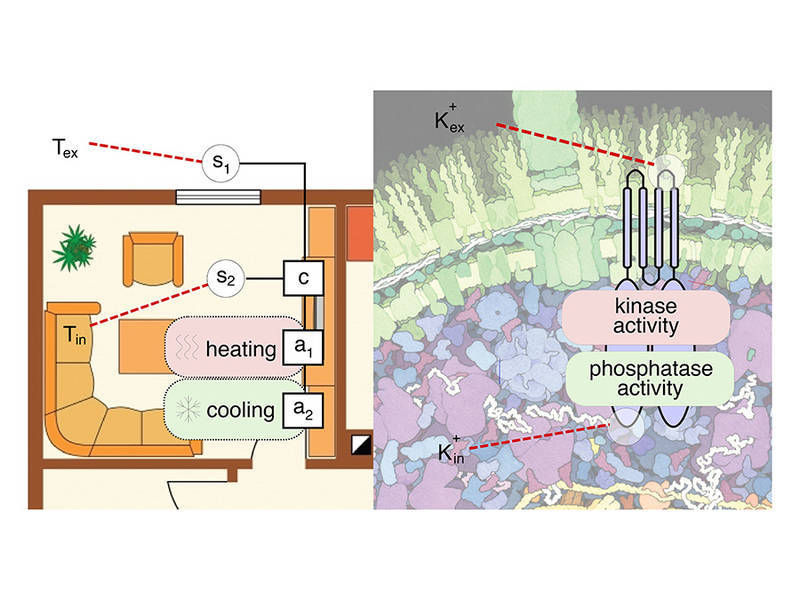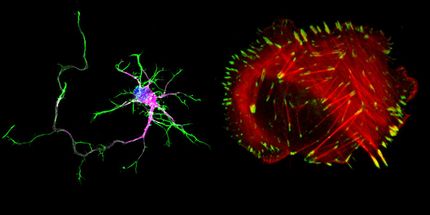Nanosized silicon heater and thermometer combined to fight cancer
Russian physicists from ITMO University have found out that spherical silicon nanoparticles can be effectively heated up, and simultaneously emit light depending on their temperature. According to the scientists, these properties coupled with a good biocompatibility will allow usage of the semiconductor nanoparticles in photothermal therapy and nanosurgery. The researchers plan to control the heating of the silicon particles in the future to internally burn cancer cells without affecting healthy tissue.

This is comparing golden and silicon nanoparticles: temperature dependence of optical response.
(c) ITMO University
When carrying out photothermal therapy and nanosurgery, doctors inject nanoparticles of biocompatible metals, such as gold, into a human body, concentrate them on a tumour and irradiate them with a laser. Biological tissues are transparent for infrared light, but metal nanoparticles absorb it well and convert it into heat that burns cancer cells. However, measuring a local temperature of gold nanoparticles is an extremely difficult task that, if not properly done, could lead to overheating and damage of healthy tissue. Scientists continue searching for biocompatible substances able to heat up and simultaneously inform about their temperature.
Physicists from ITMO University have found such a material in silicon. As the new study shows, resonant silicon nanoparticles are heated up even faster than golden ones due to the better resonant properties and, in contrast, can signal about their temperature by scattering light with different wavelength. Such scattering effect is known in optics as Raman scattering. Moreover, this optical response can be registered without complex devices or vacuum systems that are required to capture signals from metals.
"Golden nanoparticles are widely used in photothermal therapy, photochemistry and nanosurgery. But the optical response of such agents does not give information about how much they are heated, because metals never re-emit Raman light signal. At the same time, it was known that silicon has an optical response that strongly changes with temperature. But no one imagined that a silicon nanoparticle can be used as an efficient heater, since it has significantly less optical losses than gold," says George Zograf, graduate student of Department of Nano-Photonics and Metamaterials at ITMO University.
Knowing that the optical response of silicon strongly depends on temperature and this material is biocompatible, the researchers tested how effectively the nanoparticles are heated up and how accurately one can register their temperature. The researchers raised the temperature of silicon nanoparticles illuminating them with laser and recorded the emitted Raman signal, which allowed simultaneous temperature detection.
Meanwhile, in contrast to the golden nanospheres, the tested silicon particles were four times more efficient in converting laser radiation into heat. This would allow changing the nanoparticles' temperature using a less powerful laser beam without heating nearby healthy tissue.
The researchers believe that the semiconductor nanoparticles can be a cheaper and safer alternative to metal. "In the future, one will be able to kill cancer cells with high precision by heating them with the help of such nanosystems. The real-time optical control of their temperature will prevent healthy cells from uncontrolled overheating," concludes Sergey Makarov, senior researcher of Department of Nanophotonics and Metamaterials at ITMO University.
Original publication
Other news from the department science
These products might interest you
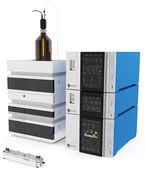
Eclipse by Wyatt Technology
FFF-MALS system for separation and characterization of macromolecules and nanoparticles
The latest and most innovative FFF system designed for highest usability, robustness and data quality

DynaPro Plate Reader III by Wyatt Technology
Screening of biopharmaceuticals and proteins with high-throughput dynamic light scattering (DLS)
Efficiently characterize your sample quality and stability from lead discovery to quality control

Get the life science industry in your inbox
By submitting this form you agree that LUMITOS AG will send you the newsletter(s) selected above by email. Your data will not be passed on to third parties. Your data will be stored and processed in accordance with our data protection regulations. LUMITOS may contact you by email for the purpose of advertising or market and opinion surveys. You can revoke your consent at any time without giving reasons to LUMITOS AG, Ernst-Augustin-Str. 2, 12489 Berlin, Germany or by e-mail at revoke@lumitos.com with effect for the future. In addition, each email contains a link to unsubscribe from the corresponding newsletter.
More news from our other portals
Last viewed contents
The gates of serotonin - Cracking the workings of a notorious receptor

Giant snails as pets can be dangerous - They are both scary and fascinating at the same time. Giant snails are becoming increasingly popular as pets. Now researchers are warning
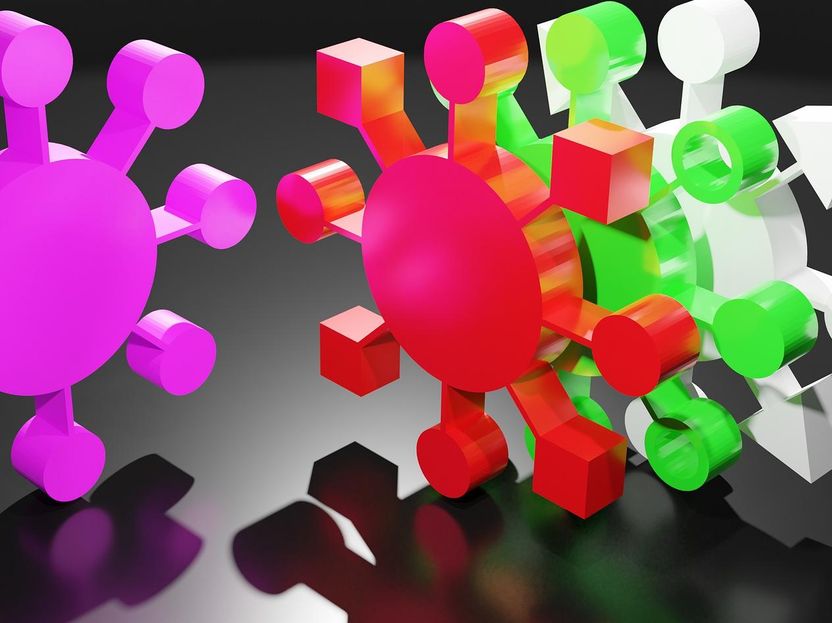
SARS-CoV-2: Antiviral treatment promotes emergence of new variants - Analysis of genomic diversity in prolonged infections

A win-win for cell communities: Cells that cooperate live longer - New insights into the study of aging processes and age-related diseases
Agilent Technologies Announces New Leadership in Biological Systems Division
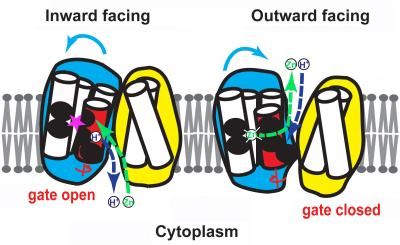
Protons power protein portal to push zinc out of cells

Healthy fat? Transcription factor C/EBPβ positively influences fat storage - Will we soon be able to control the storage of excess fat?
Aeras Global TB Vaccine Foundation - Rockville, USA
SynX Granted Key European Patent for Stroke Diagnostic
BASF plans significant investment in ibuprofen capacities in Germany and North America - New world-scale ibuprofen production plant in Ludwigshafen
